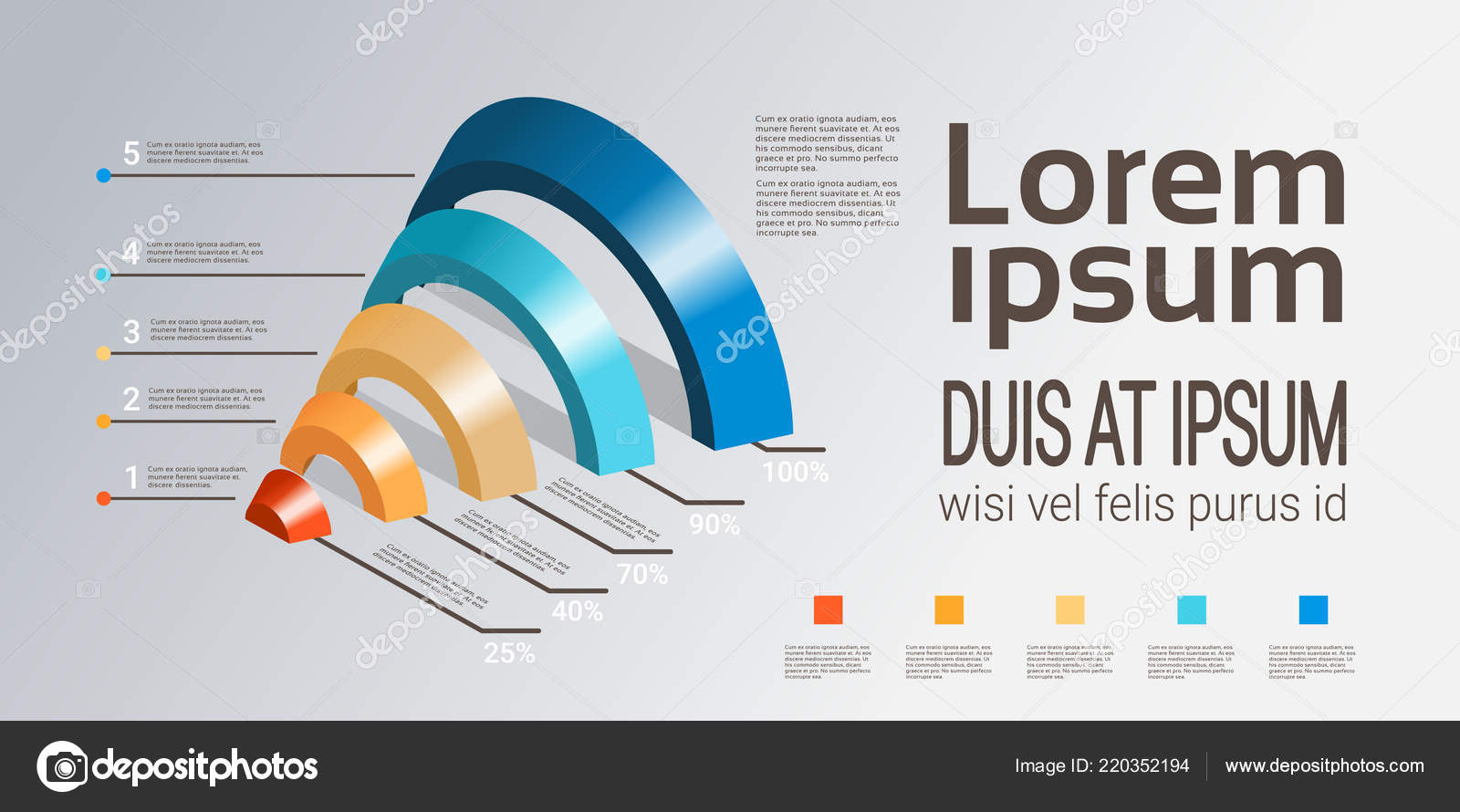Internet Site Design Essentials: Tips For Structure A User-Friendly Website
Internet Site Design Essentials: Tips For Structure A User-Friendly Website
Blog Article
Short Article By-Crews Thorpe
When it concerns internet site design, making certain user-friendliness is key. From receptive style to streamlined navigation, every element plays an essential function in developing a site that caters to your target market's demands. Yet what regarding the finer information that can make or damage a customer's browsing experience? Remain tuned as we uncover some often-overlooked ideas that can elevate your website's usability to the next degree, making it truly stick out in the electronic landscape.
Relevance of Responsive Design
Receptive design is a crucial aspect of modern-day web site growth. Ensuring your site is receptive ways that it can adjust to different display dimensions and tools, providing a seamless experience for customers.
With the raising use of smart devices and tablet computers to access the web, having a responsive layout is important for reaching a wider audience. It aids in enhancing user experience by making your site very easy to navigate and continue reading any kind of gadget.
In addition, responsive design can positively affect your search engine positions, as search engines like Google prioritize mobile-friendly websites. By having a responsive style, you're additionally future-proofing your site, as brand-new gadgets with varying display sizes remain to arise.
Simplify Navigation Framework
To boost individual experience and assist in easy accessibility to details on your site, improving the navigation structure is critical. When making your website, concentrate on creating a clear and user-friendly navigation menu that aids visitors locate what they're seeking swiftly.
Restriction the variety of food selection items to the basics, grouping associated pages with each other to avoid overwhelming users. Use descriptive tags that plainly indicate the content of each page, making it simpler for users to recognize where each link will certainly take them.
Think about implementing dropdown menus for subcategories to prevent littering the major navigating bar. In addition, include a search bar plainly on the page for customers who like looking for specific information.
Prioritize mobile responsiveness in your navigating design to ensure easy accessibility on all tools.
Maximize Web Page Lots Speed
Improving web page tons rate is important for retaining visitors on your website. Slow-loading pages discourage customers and can result in high bounce prices. To enhance simply click the up coming web site , beginning by maximizing images. Compress photos without compromising quality to minimize their documents dimensions.
Furthermore, allow browser caching to keep frequently accessed sources in your area, accelerating tons times for returning visitors. Minify CSS, JavaScript, and HTML documents by eliminating unnecessary personalities, remarks, and format, enhancing tons rate.
Take into consideration making use of a web content shipment network (CDN) to distribute your internet site's material throughout multiple web servers worldwide, reducing latency for users accessing your site from different areas. Last but not least, restrict making use of third-party scripts and plugins, as they can significantly impact load times.
Conclusion
Finally, by including responsive design, streamlining navigation, and maximizing web page load rate, you can develop a straightforward website that interest a larger audience and boosts user experience. These essential elements make sure that site visitors can easily gain access to and browse your website across various gadgets, leading to raised engagement and complete satisfaction. By focusing on click the up coming webpage , you can build an effective site that maintains individuals coming back for more.
